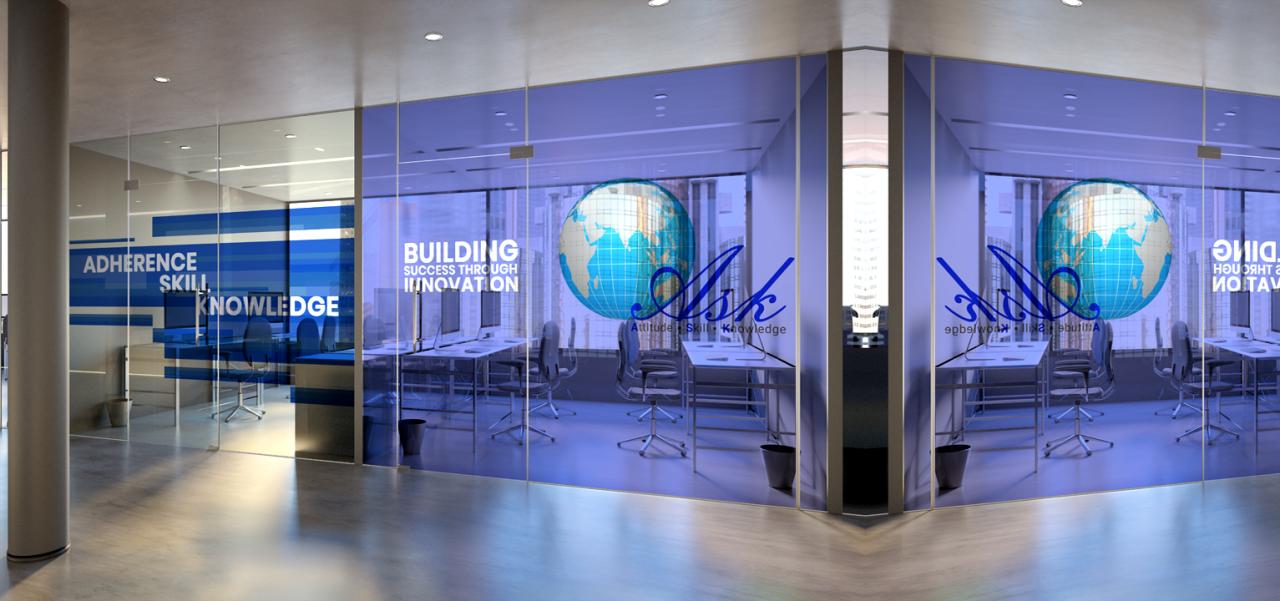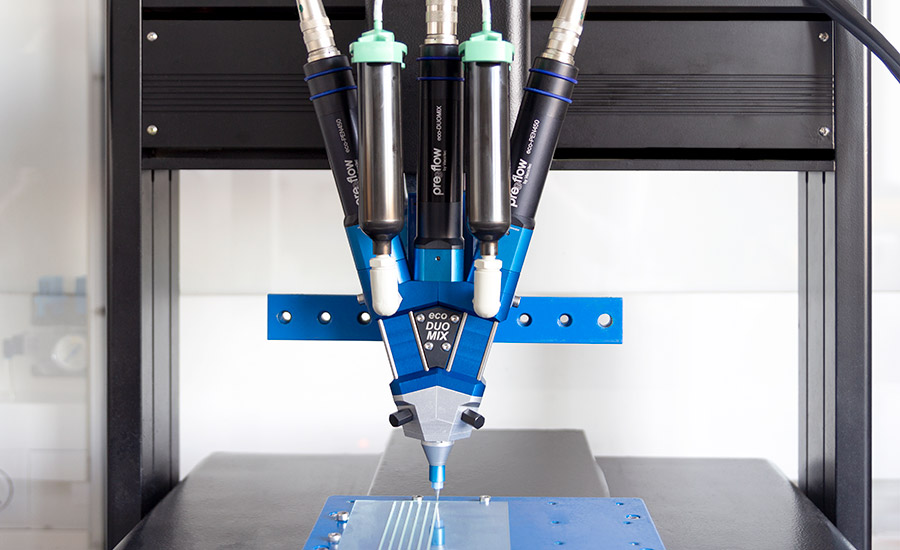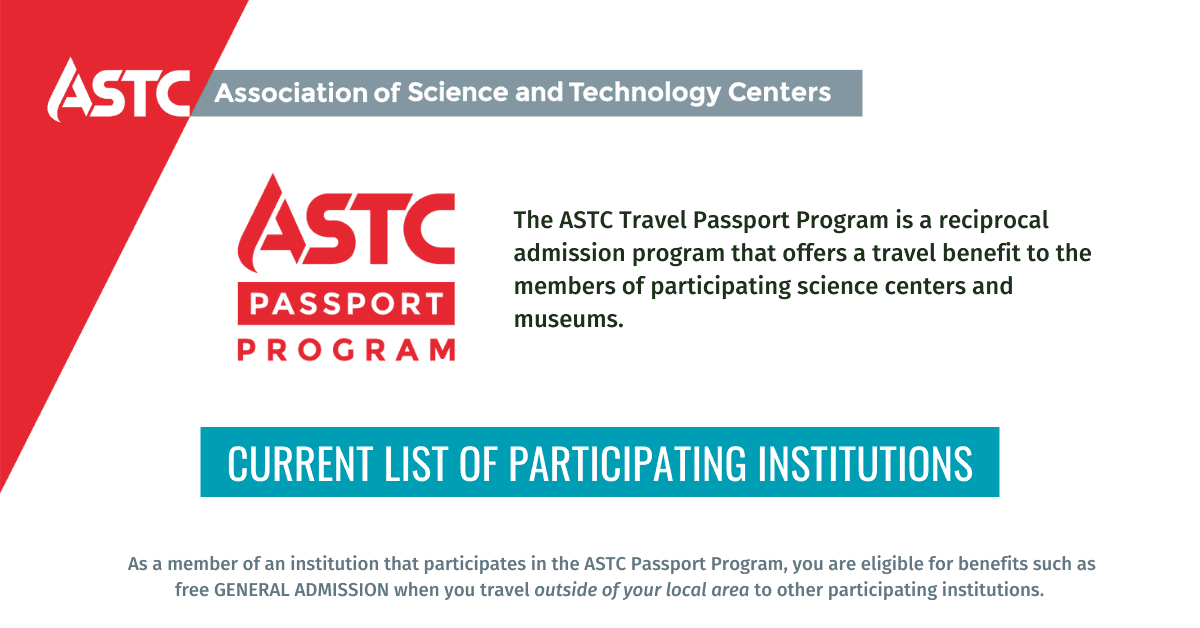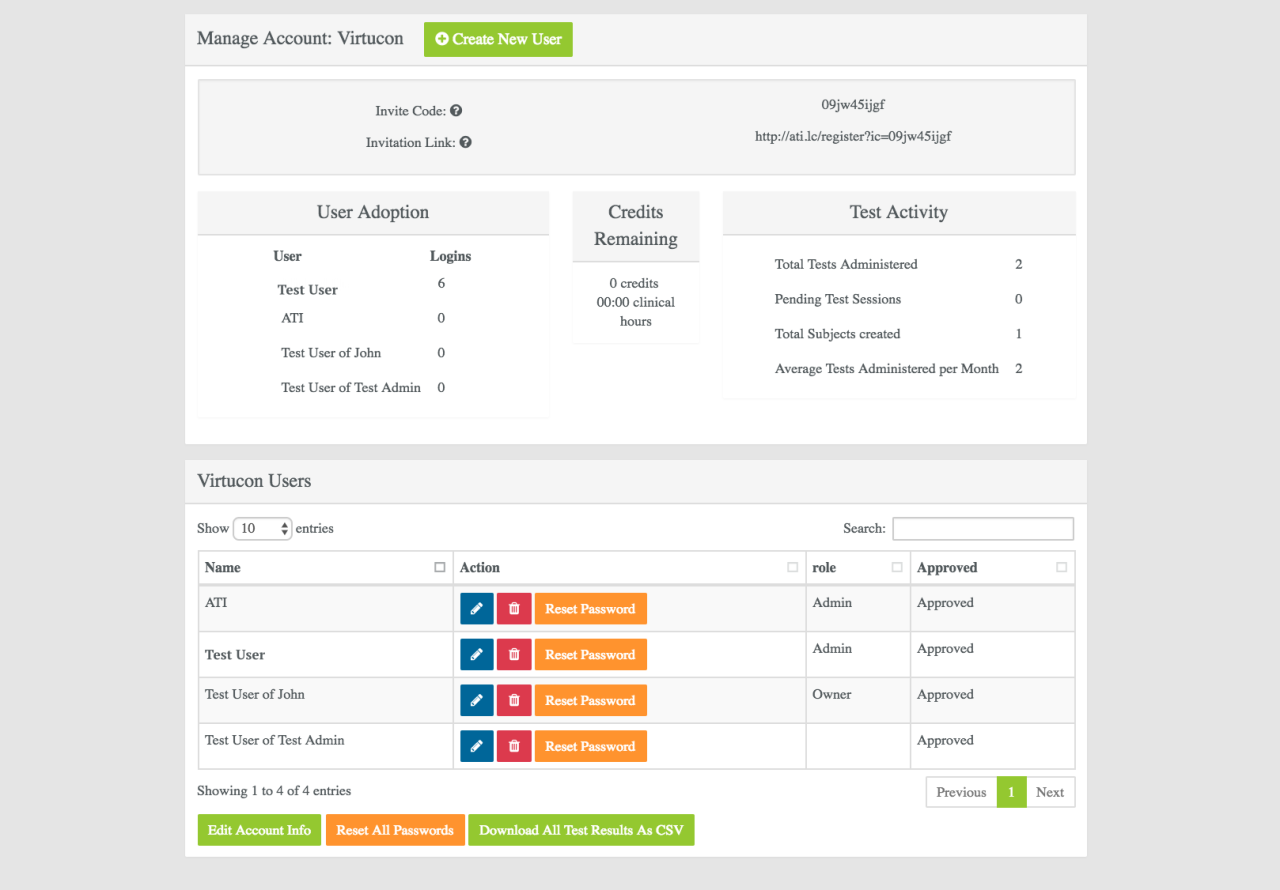Technology Experts in User Interface Design
Technology experts in the area of user interface design are the architects of the digital experiences we encounter every day. From the sleek interfaces of our smartphones to the intuitive […]
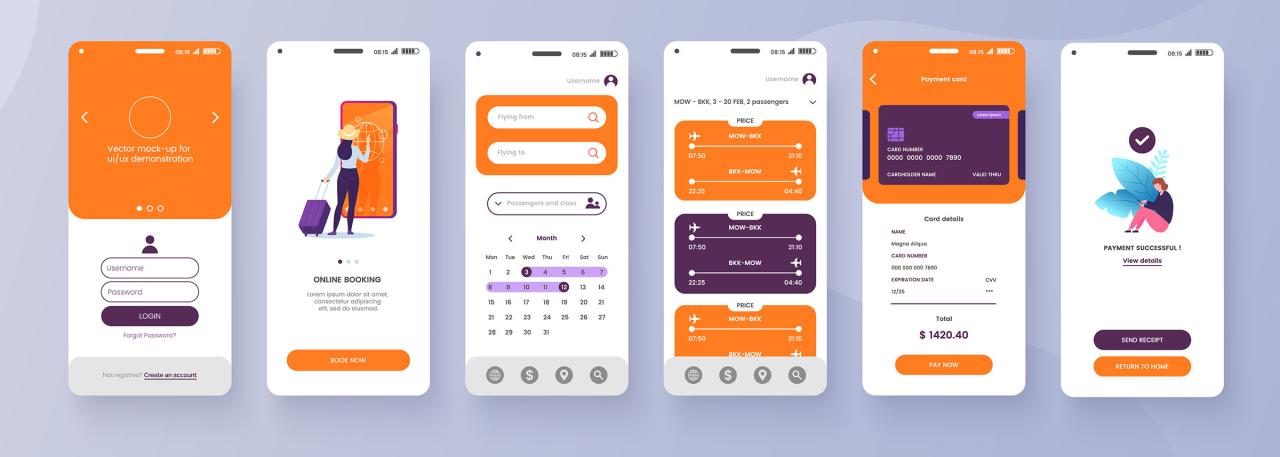
Technology experts in the area of user interface design are the architects of the digital experiences we encounter every day. From the sleek interfaces of our smartphones to the intuitive dashboards of our favorite websites, these professionals wield the power of design and technology to create engaging and user-friendly digital environments. Their expertise spans a wide range of disciplines, including visual design, human-computer interaction, and front-end development, ensuring that digital products are not only visually appealing but also intuitive and accessible to all users.
This field is constantly evolving, with new technologies and trends emerging at a rapid pace. Technology experts in UI design must stay ahead of the curve, adapting their skills and knowledge to meet the ever-changing demands of the digital landscape. From the rise of voice interfaces and augmented reality to the growing importance of personalization and data-driven design, these professionals play a critical role in shaping the future of digital interaction.
The Evolution of User Interface Design

User interface (UI) design has undergone a remarkable evolution, transforming from simple text-based interfaces to sophisticated, visually rich, and interactive experiences. This journey has been driven by technological advancements, changing user expectations, and a constant pursuit of better usability and accessibility.
Early Days of UI Design
The origins of UI design can be traced back to the early days of computing, with the development of the first graphical user interfaces (GUIs).
- In the 1960s, Douglas Engelbart, often credited as the “father of the mouse,” introduced the NLS (oN-Line System), a groundbreaking system featuring a mouse, hypertext, and windows, laying the foundation for modern GUIs.
- Xerox PARC, in the 1970s, made significant contributions with the Alto computer, which showcased a GUI with icons, menus, and a mouse. This work influenced the development of the Apple Macintosh and the rise of desktop computing.
The early days of UI design were characterized by simple interfaces focused on functionality rather than aesthetics. The primary goal was to make computers accessible to a wider audience, with a focus on clarity and ease of use.
The Rise of Desktop Computing and the GUI
The introduction of the Apple Macintosh in 1984 marked a turning point in UI design. The Macintosh’s intuitive GUI, featuring a desktop metaphor with icons and windows, revolutionized how people interacted with computers.
- The Macintosh’s success paved the way for the widespread adoption of GUIs, making computers more accessible and user-friendly.
- Microsoft Windows, released in 1985, further popularized the GUI paradigm, establishing it as the dominant interface for personal computers.
During this period, UI design principles emphasized consistency, clarity, and simplicity. Design elements like menus, toolbars, and dialog boxes became standard components of desktop applications.
The Web and the Emergence of Web Design
The advent of the World Wide Web in the early 1990s ushered in a new era of UI design. The web, with its hypertext capabilities, presented unique challenges and opportunities for UI designers.
- Early websites were primarily text-based, with limited visual elements. As web browsers evolved, designers began incorporating images, multimedia, and interactive elements.
- The emergence of web standards, such as HTML and CSS, provided a framework for creating consistent and visually appealing web interfaces.
Web design principles emphasized user-centered design, focusing on creating websites that were easy to navigate, visually appealing, and informative.
Mobile UI Design and the Rise of Touchscreen Interfaces
The proliferation of smartphones and tablets in the early 2000s led to the rise of mobile UI design. Touchscreen interfaces presented new challenges and opportunities, requiring designers to adapt their approaches to accommodate the smaller screen sizes and the unique interaction capabilities of touch devices.
- Mobile UI design principles emphasized simplicity, responsiveness, and intuitive gestures.
- The rise of mobile apps led to a focus on creating engaging and immersive user experiences, leveraging features like touch input, animations, and transitions.
The evolution of mobile UI design has been driven by the constant pursuit of better usability and accessibility on smaller screens.
The Impact of Technology Advancements, Technology experts in the area of user interface design
Technology advancements have played a crucial role in shaping the landscape of UI design.
- Increased Computing Power: Advancements in hardware have enabled more complex and visually rich interfaces, allowing for sophisticated animations, 3D graphics, and interactive experiences.
- High-Speed Internet: The availability of high-speed internet has enabled the development of web applications with rich functionality and interactive features.
- Artificial Intelligence (AI): AI is increasingly being used in UI design to personalize user experiences, provide intelligent recommendations, and automate tasks.
- Virtual Reality (VR) and Augmented Reality (AR): VR and AR technologies are creating new opportunities for immersive and interactive UI experiences, blurring the lines between the real and virtual worlds.
As technology continues to evolve, UI design will continue to adapt and innovate, creating new and exciting user experiences.
Core Principles of User Interface Design
A well-designed user interface (UI) is crucial for creating a positive user experience. It should be intuitive, accessible, and visually appealing. To achieve this, UI designers adhere to several core principles that guide their design decisions.
Usability
Usability refers to the ease with which users can interact with a UI and achieve their goals. A usable UI is efficient, effective, and satisfying.
- Clarity and Consistency: UI elements should be clearly labeled and presented consistently throughout the interface. For example, using the same icon for “save” across different screens.
- Simplicity and Efficiency: The UI should be straightforward and minimize unnecessary steps. A good example is a streamlined checkout process that avoids unnecessary fields or steps.
- Learnability: The UI should be easy to learn and understand, even for first-time users. Online tutorials or interactive onboarding can help users learn the interface quickly.
- Memorability: The UI should be easy to remember and use after a period of inactivity. Using familiar patterns and consistent navigation helps users recall how to use the interface.
Accessibility
Accessibility ensures that a UI can be used by people with disabilities. This includes providing alternative input methods, such as keyboard navigation, screen readers, and captions.
- Color Contrast: Ensure sufficient color contrast between text and background to make it legible for people with visual impairments.
- Alternative Input Methods: Provide keyboard shortcuts, screen reader compatibility, and other input methods for users who cannot use a mouse or touch screen.
- Text Size and Font Choice: Use clear, legible fonts and ensure text sizes are adjustable for users with visual impairments.
- Captions and Transcripts: Provide captions for video content and transcripts for audio content to make the UI accessible to users who are deaf or hard of hearing.
Aesthetics
Aesthetics refers to the visual appeal of a UI. A well-designed UI should be visually appealing and enhance the user experience.
- Visual Hierarchy: Use visual elements such as size, color, and spacing to guide the user’s attention to the most important information. For example, a larger font size for headings can highlight important sections.
- Color Scheme: Choose a color scheme that is visually appealing and aligns with the brand identity. Consider the accessibility of color choices, ensuring sufficient contrast for users with visual impairments.
- Typography: Use a legible and appropriate font for the UI. A clear and consistent font choice enhances readability and visual appeal.
- White Space: Use white space effectively to create visual separation between elements and improve readability.
User Research and Testing
User research and testing are crucial for ensuring that a UI meets the needs of its users.
- User Interviews: Conduct interviews with potential users to understand their needs, expectations, and pain points.
- Usability Testing: Observe users interacting with the UI to identify usability issues and areas for improvement.
- A/B Testing: Compare different UI designs to determine which one performs better. For example, you could test two versions of a checkout page to see which one results in higher conversion rates.
The Role of Technology Experts in UI Design
Technology experts play a crucial role in shaping the user interface (UI) landscape. They bridge the gap between design concepts and technical implementation, ensuring seamless user experiences. Their expertise in various technologies enables them to create visually appealing and functionally robust UIs.
Skills and Expertise
Technology experts in UI design possess a unique blend of skills, encompassing both technical proficiency and design sensibilities.
- Programming Languages: Proficiency in front-end languages like HTML, CSS, and JavaScript is essential for building interactive and responsive UIs.
- UI Frameworks and Libraries: Understanding popular frameworks like React, Angular, or Vue.js allows for efficient development and maintenance of complex UIs.
- Design Principles: A strong grasp of UI/UX design principles, such as usability, accessibility, and visual hierarchy, enables them to create user-centered interfaces.
- Data Analysis and Visualization: The ability to interpret data and translate insights into meaningful visualizations enhances the UI’s effectiveness.
- Problem-Solving and Analytical Skills: Technology experts are adept at identifying and resolving technical challenges, optimizing UI performance, and ensuring seamless integration with backend systems.
Contributions to UI Design and Development
Technology experts contribute significantly to the design and development process in various ways.
- Prototyping and Development: They create interactive prototypes to test design concepts and gather user feedback, ensuring the UI’s functionality and responsiveness.
- Performance Optimization: They analyze and optimize UI code for speed, responsiveness, and efficiency, ensuring a smooth user experience across devices and platforms.
- Accessibility Implementation: They ensure UI elements are accessible to users with disabilities, adhering to web accessibility guidelines (WCAG).
- Integration with Backend Systems: They seamlessly integrate the UI with backend systems, enabling data exchange and user authentication.
- Testing and Debugging: They conduct thorough testing to identify and resolve bugs and issues, ensuring the UI functions flawlessly.
Interplay with Technologies
UI design is intertwined with various technologies, creating a collaborative ecosystem.
- Front-End Development: Technology experts translate design mockups into functional UIs using front-end languages and frameworks, ensuring the UI’s visual appeal and interactivity.
- User Experience Research: They collaborate with UX researchers to gather user insights, understand user needs, and incorporate them into the UI design process.
- Data Analysis: They leverage data analysis techniques to understand user behavior, track UI performance, and identify areas for improvement, resulting in data-driven UI design decisions.
Emerging Trends in User Interface Design
The landscape of user interface design is constantly evolving, driven by advancements in technology and changing user expectations. Emerging trends are shaping the way we interact with digital products and services, presenting both opportunities and challenges for technology experts in the field.
Voice Interfaces
Voice interfaces are becoming increasingly prevalent, offering a more natural and intuitive way for users to interact with devices. These interfaces, powered by artificial intelligence and natural language processing, enable users to control their devices and access information using their voice.
- Benefits: Voice interfaces enhance accessibility for users with disabilities, offer hands-free control, and provide a more natural and conversational interaction experience. They can also be particularly beneficial in situations where users have limited mobility or are unable to use traditional input methods.
- Challenges: Designing effective voice interfaces requires careful consideration of factors such as natural language understanding, speech recognition accuracy, and the ability to handle diverse accents and dialects. Additionally, privacy concerns related to data collection and the potential for misuse need to be addressed.
Augmented Reality
Augmented reality (AR) overlays digital information onto the real world, enhancing user experiences and providing valuable context. This technology has the potential to revolutionize UI design by creating immersive and interactive experiences.
- Benefits: AR interfaces can provide users with real-time information and context, enabling them to visualize and interact with digital content in a more engaging way. This technology has applications in various industries, including gaming, retail, healthcare, and education.
- Challenges: Designing AR interfaces requires expertise in 3D graphics, user interaction design, and the ability to seamlessly integrate digital content with the real world. Technical limitations such as device compatibility and processing power also pose challenges.
Personalized Experiences
Personalized experiences are becoming increasingly important as users demand tailored interactions that cater to their individual preferences and needs. UI design trends are shifting towards providing personalized content, recommendations, and functionalities based on user data.
- Benefits: Personalized experiences enhance user satisfaction by providing relevant and engaging content. They can also improve user engagement and conversion rates by tailoring interactions to individual preferences.
- Challenges: Designing personalized experiences requires sophisticated data analysis and algorithms to understand user preferences and deliver tailored content. Privacy concerns and the potential for bias in data collection and analysis need to be addressed.
Table Comparing and Contrasting Emerging Trends
| Trend | Benefits | Challenges |
|---|---|---|
| Voice Interfaces | Enhanced accessibility, hands-free control, natural interaction | Speech recognition accuracy, privacy concerns, diverse accents |
| Augmented Reality | Immersive experiences, real-time information, context-aware interaction | 3D graphics expertise, device compatibility, processing power |
| Personalized Experiences | User satisfaction, engagement, tailored content | Data analysis complexity, privacy concerns, potential for bias |
Case Studies of Successful User Interface Design: Technology Experts In The Area Of User Interface Design
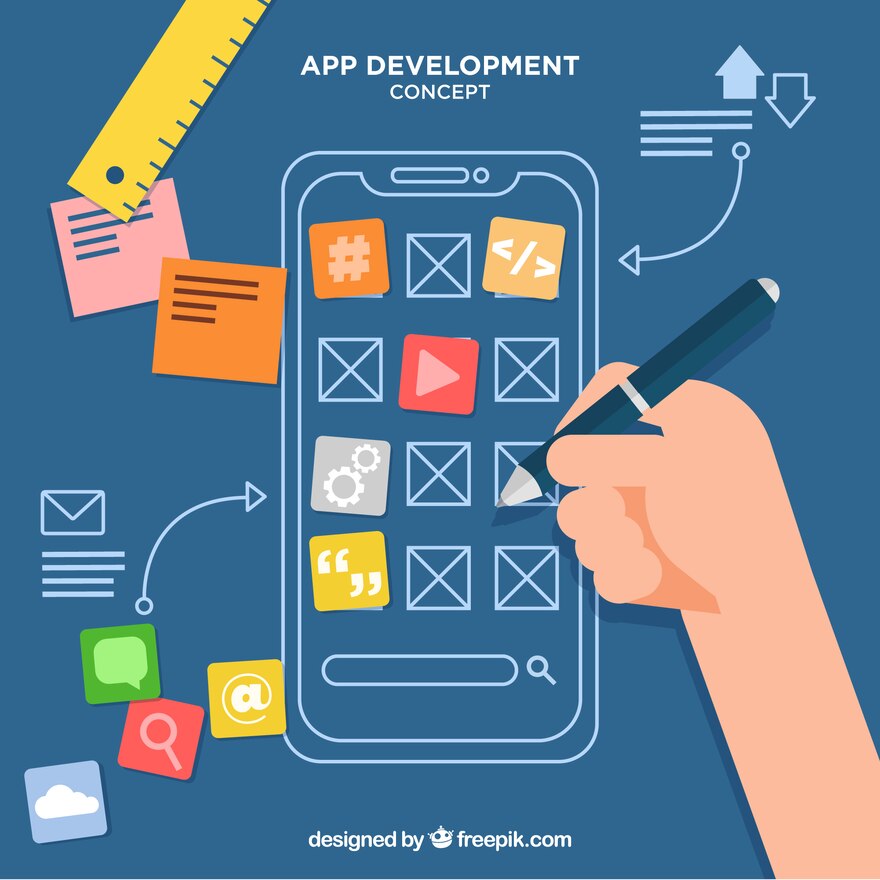
Successful user interface design is about more than just aesthetics; it’s about creating intuitive and engaging experiences that meet user needs and achieve business goals. By analyzing case studies of successful UI designs, we can gain valuable insights into the strategies and principles that drive user satisfaction and business success. These case studies demonstrate how technology experts play a crucial role in shaping the user experience, translating complex functionalities into intuitive interfaces, and ultimately contributing to the success of the product or service.
The Evolution of Spotify’s User Interface
Spotify’s journey from a simple music streaming platform to a comprehensive music and podcast discovery experience is a testament to the power of continuous UI evolution. Initially, Spotify’s interface was straightforward, focusing primarily on music playback. Over time, it has incorporated features like personalized playlists, podcast recommendations, and social sharing, making the platform more engaging and relevant to users. This evolution was driven by user feedback, data analysis, and a deep understanding of user behavior. Technology experts played a crucial role in implementing these changes, ensuring seamless integration of new features while maintaining a consistent and intuitive user experience.
- Early Stages: Spotify’s early interface was simple and focused on core functionalities like music playback and playlist management. It was designed to be intuitive and accessible to a wide range of users.
- Personalized Recommendations: Spotify introduced personalized recommendations based on user listening history, leveraging data analytics and machine learning algorithms to create tailored music suggestions. This feature significantly enhanced the user experience, making music discovery more engaging and relevant.
- Podcast Integration: Recognizing the growing popularity of podcasts, Spotify seamlessly integrated podcasts into its platform, offering a curated selection of content and a user-friendly interface for podcast discovery and playback. This expansion broadened the platform’s appeal and catered to a wider audience.
- Social Features: Spotify introduced social features like sharing playlists and listening activity, allowing users to connect with friends and discover new music based on shared interests. These features fostered a sense of community and increased user engagement.
“Spotify’s success can be attributed to its commitment to continuous improvement and its ability to adapt to evolving user needs and preferences.”
The Intuitive Design of Uber
Uber’s success lies in its ability to simplify a complex process – transportation – into a user-friendly experience. The app’s intuitive design makes it easy for users to request a ride, track its progress, and pay for the service. This seamless experience is a result of meticulous UI design, where technology experts have played a crucial role in integrating location tracking, real-time mapping, and payment processing into a cohesive and user-friendly interface.
- Simple Navigation: Uber’s interface is designed with a clear and concise layout, making it easy for users to navigate between different sections of the app.
- Real-Time Location Tracking: The app’s real-time location tracking feature provides users with constant updates on their ride’s progress, eliminating uncertainty and anxiety.
- Easy Payment Integration: Uber’s seamless payment integration allows users to pay for their rides conveniently through the app, without the need for cash or credit cards.
- Driver Rating System: Uber’s driver rating system promotes accountability and transparency, allowing users to provide feedback and ensuring a positive experience for both riders and drivers.
“Uber’s intuitive interface has transformed the way people travel, making it easier, faster, and more affordable than traditional transportation options.”
Wrap-Up
In a world increasingly reliant on technology, the role of technology experts in user interface design is paramount. They are the bridge between human needs and technological possibilities, creating digital experiences that are not only functional but also enjoyable and enriching. As technology continues to advance, the demand for skilled UI design professionals will only grow, making this field a dynamic and rewarding career path for those passionate about design, technology, and the human experience.
Technology experts in the area of user interface design are constantly looking for ways to improve the user experience. This includes exploring new technologies, like the advancements in new dental implants technology , which can have a significant impact on the way we interact with the world around us.
The insights gained from these innovations can be applied to the design of user interfaces, making them more intuitive and engaging for users.

